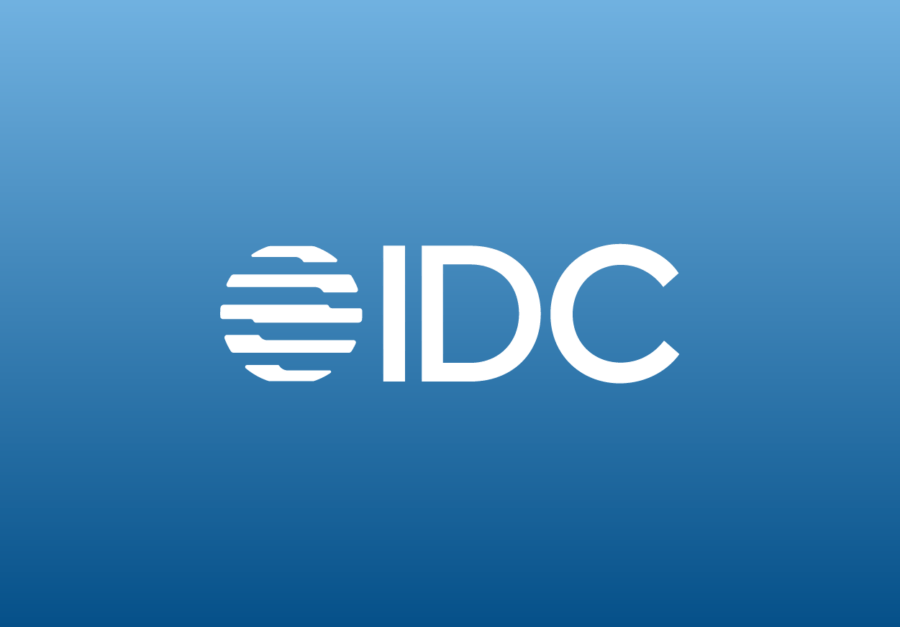Blog
LIBOR Transition — the Train has Left the Station. Are you Onboard?

What is happening?
For over 40 years financial institutions have used LIBOR and Other Interbank Offering Rates (IBOR) as a reference rate for pricing approximiately $400 Trillion in loans and derivative instruments. With the 2008 financial crisis, bank credit worthiness began being priced into the interbank lending market. This, coupled with a susceptibility to manipulation as evidenced by the LIBOR rigging scandal, has reduced LIBOR’s suitability as a benchmark for market wide interest rates. Regulators are putting pressure on financial institutions to discontinue referencing LIBOR in financial contracts by the end of 2021 and migrate to alternate reference rates, also known as Risk Free Rates.
What are the implications to corporates?
All corporates that borrow on a floating basis, or hedge interest rate risk, are impacted by the move from LIBOR as the reference rate. Not only do they have existing debt and derivative instruments in their portfolio based on LIBOR, but treasury teams are entering into new instruments with their financial institutions based on the new rates.
Regulators have stated that they expect corporates to engage with their financial institutions to novate existing financial transactions. If not timely addressed, risks will be introduced. Existing financial contracts have fallback provisions should LIBOR be temporarily unavailable. Relying on a fallback long term may result in a transfer of value, previously offsetting instruments falling back to different rates, or even for the last known rate to be taken resulting in a conversion to a ‘fixed’ instrument. Such changes cause a benefit to one party and a cost to the other and would not be in the spirit of the original agreement. If you haven’t started the process to inventory the financial instruments in your portfolio linked to LIBOR and developed a plan to migrate, the time is now.
Where is the market at in the process?
Ahead of the LIBOR end date, each of the regions around the world using LIBOR have been setting up risk-free rates to replace LIBOR. Here are some examples:
- US – SOFR
- EU – ESTR (EURIBOR will continue in parallel)
- UK – SONIA
- Switzerland – SARON
- Japan – TORF (TIBOR/TONA will continue in parallel)
The new rates are typically based on actual overnight transactions in either cash or repo lending markets. Calculations are applied to scale up the overnight rates to be used for 1m, 3m, or 6m interest periods. While the overnight rates themselves are available, the methodologies to scale them are still being debated. For instance, discussions in the US on how to scale up SOFR are continuing, while the Bank of England and Loan Market Association released in September 2020 a new “daily non-cumulative” method as a possible alternative approach.
The financial and systems repercussions of migrating to the new calculation methods are also still being fully understood. For instance, it is widely expected that banks and customers will only be able to calculate floating interest payments a few days before the end of the interest period rather than months in advance at the start of the period.
In November 2020, an extension was granted for legacy trades linked to USD LIBOR until June 2022. New trades after 2021 were not included in the extension. The market is uncertain on how USD LIBOR will be compiled once the original banks will no longer be compelled to submit rates, and how rules will be enforced.
Given the outstanding uncertainty, the impending cessation deadline and a possible bank/internal resourcing ‘crunch’ this year, many corporates have already begun the process of migrating to the new rates.
What is Kyriba doing?
The Kyriba product management team have been monitoring regional and local LIBOR transition guidelines for the last 18 months. In response, we have prioritised delivering functional enhancements to our customers in the following areas:
- Migration of existing financial transactions to new risk-free rates
- Generation of the accounting for the change to risk-free rates
- Import of RFR market fixings and curves
- Calculation of payments under RFRs
- Tools to gain insight into how payments have been calculated
- Calculation of the new valuations, accruals and accounting entries
Many enhancements have already been released and the roadmap has been prioritized based upon the evolving requirements of the market.
Thanks to our cloud platform, Kyriba is able to react to changing requirements with frequent product release cycles which benefit all our users across the globe simultaneously. This agility will be key to supporting our customers going forward, given the continued evolution of RFR guidelines at local level and ‘unknown unknowns’ as the market learns lessons from the economic turbulence of 2020.












